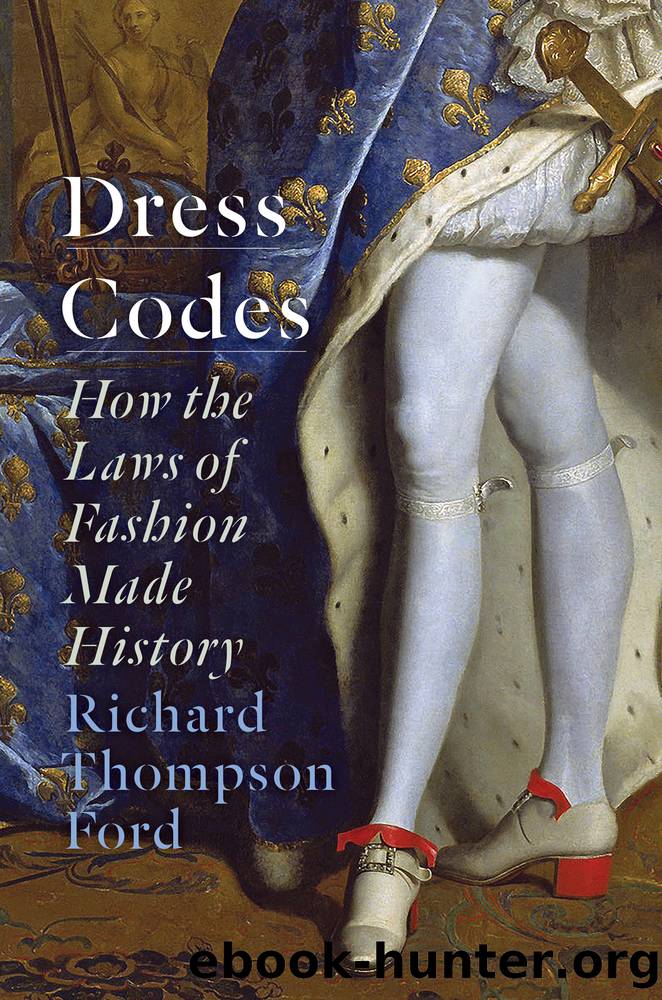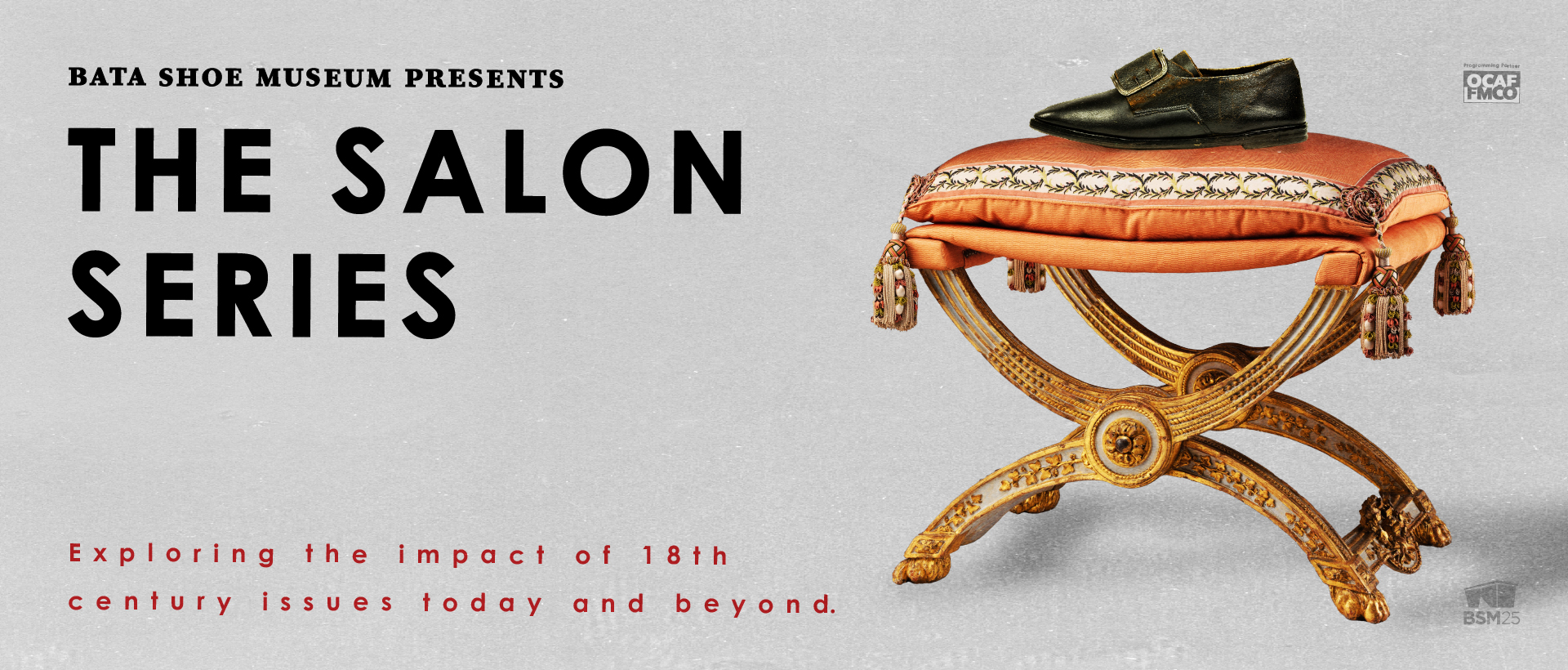

But then, in the late 18th century, over the course of about three decades, “men throughout Europe abandoned the styles that had signified wealth and power for centuries,” writes Richard Thompson Ford in “ Dress Codes: How the Laws of Fashion Made History.” “In their place, elite men adopted the sober, self-abnegating garb anticipated by Thomas More in ‘Utopia’ and first favored by religious Puritans: simple wool and linen in sober hues of dark blue, brown, gray, and black.” This was later described as the “Great Masculine Renunciation,” and it’s a constant theme in Ford’s thoughtful history of the rules and rituals of attire. They wore bold colors and luxurious silhouettes and shimmering fabrics. For a good portion of human history, they were flamboyant in their dress, prone to peacocking their social rank, financial success and sexual prowess from 100 paces. Men were not always inclined toward minimalism. In Dress Codes, law professor and cultural critic Richard Thompson Ford presents an insightful and entertaining history of the laws of fashion from the middle ages to the present day, a walk down history’s red carpet to uncover and examine the canons, mores, and customs of clothing-rules that we often take for granted.Centuries have gone into the making of these rules and assumptions - and a bit of sleight of hand, as well. Whether written rules requiring conservative attire or the unspoken expectation of casual wear, dress codes still determine what we wear, when we wear it-and what it means. A revelatory exploration of fashion through the ages that asks what our clothing reveals about ourselves and our society.Dress codes are as old as clothing. On the other hand, tech CEOs wear t-shirts and flip flops and some venture capitalists refuse to invest in a company run by someone wearing a suit. Today, many workplaces ban braids and dreadlocks, long fingernails, large earrings, facial hair, and tattoos and require suits and ties, make-up, and high heels. Dress Codes: How the Laws of Fashion Made History Thompson Ford, Richard on. As the rules that set the fashions of aristocracy faded, emerging canons of elegance and propriety made the full skirts of the Victorian era and the business suit mandatory later, form-fitting flapper skirts and voluminous zoot suits became targets of moral and legal censure.

These dress codes have continued to evolve to reflect the social and political ideals of the day.


As fashions became more sophisticated at the end of the middle ages, the rules got more elaborate: in Tudor England, there were dozens of laws against dressing above one’s station during the Renaissance, laws in scores of countries, cities, and towns assigned attire according to social rank, occupation, age, sex, marital status, and religion. A revelatory exploration of fashion through the ages that asks what our clothing reveals about ourselves and our society. For as long as we’ve worn clothing, we’ve had rules about what to wear and when to wear it.


 0 kommentar(er)
0 kommentar(er)
